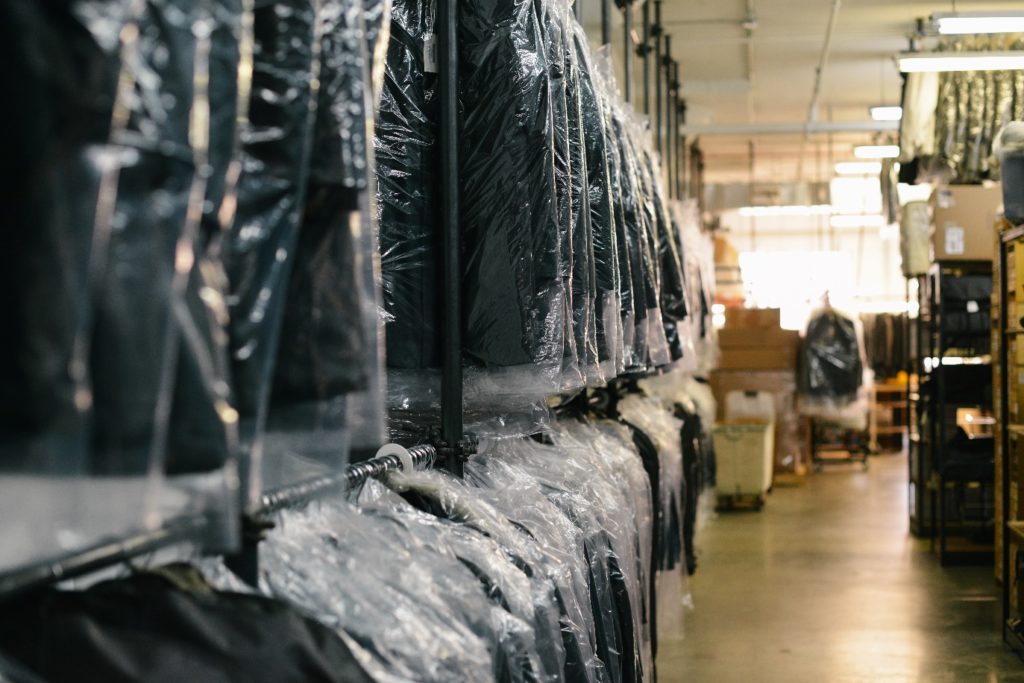Fascinating Stats and Facts Surrounding the Textile Industry
The textile industry is a booming business. Whether it is a need for high visibility safety vests on a construction worksite or fancy tablecloths for the grand opening of a new restaurant, textiles are all around us. These fabrics make up the clothes we wear and the windows we decorate, and are an essential part of many cleaning products, too. They come in a variety of types, including cotton, wool, linen, nylon, and polyester, just to name a few.

With that in mind, there’s no denying that textiles are truly an integral part of our very existence. Some of the earliest documented history surrounding textile production began around the 15th century when sheep wool and flax were combined to create uncomfortable yet necessary fabrics for clothing purposes.1
A wealthier textile market surfaced shortly thereafter, in the 16th century, as aristocrats and high-ranking officials took advantage of silkworms to produce softer, more luxurious fabrics. While cotton textiles also came into being around this time, it was not until the industrial era that cotton really took off as we know it today. A result of new industrial technology, it became faster and easier to produce and the preferred fabric among cultures worldwide.
Today, the fashion industry dominates the trillion-dollar global textile market. The size of the apparel market in the U.S. alone is estimated to be worth about $225 billion.2 Behind the scenes of the glamorous fashion runways stands a strong workforce composed of 24.8 million apparel manufacturers worldwide.
When including 33 million non-apparel textile manufacturers, the total equates to a whopping 57.8 million employees. On the global scale, women’s wear is valued at around $621 billion and men’s wear at $402 billion. Other areas such as sportswear, children’s wear, bridal wear, and luxury goods retailers are approximately worth a cumulative $672 billion.3

Here are some more surprising facts and stats you may not have known about the textile industry:
- Nike (with subsidiary Converse) is the largest fashion company in the world, with a market value of $105 billion.3
- The most popular types of trade apparel are non-knit women’s suits and knit sweaters.3
- Leather footwear accounts for 41% of the footwear/headwear market (or $56.7 billion).3
- Clothing retailers employ the largest percentage of U.S. citizens working in fashion: 79%.3
- Raw cotton makes up most U.S. textile exports, worth $4.41 billion.3
- Sweaters and pullovers are the #1 U.S. fashion import.3
- China manufactures more fiber than any other country in the world, covering about 54% of the world textile market.4
- Germany compensates apparel manufacturers at the highest hourly rate in the world.
- The average American household spends $2,000 on clothing and apparel every year. 4
- The top three respective U.S. cities where people spend the most money on fashion apparel are Manhattan, San Francisco, and Dallas.5
- And, last, but not least: Prudential Overall Supply’s roster of 25,000 customers spans over 84 years in business, including over 1,250 loyal customers for over 25 years.6
For more information about taking advantage of textile services from Prudential Overall Supply, contact us at (800) 767-5536.
Sources
- http://www.encyclopedia.com/history/modern-europe/ancient-history-middle-ages-and-feudalism/textile-industry
- https://www.statista.com/topics/965/apparel-market-in-the-us/
- https://fashionunited.com/global-fashion-industry-statistics
- http://www.treehugger.com/sustainable-fashion/25-shocking-fashion-industry-statistics.html
- http://blogs.creditcards.com/2011/09/shop-till-you-drop-top-50-fashion-spending-cities.php
- https://www.prudentialuniforms.com/about/company-history